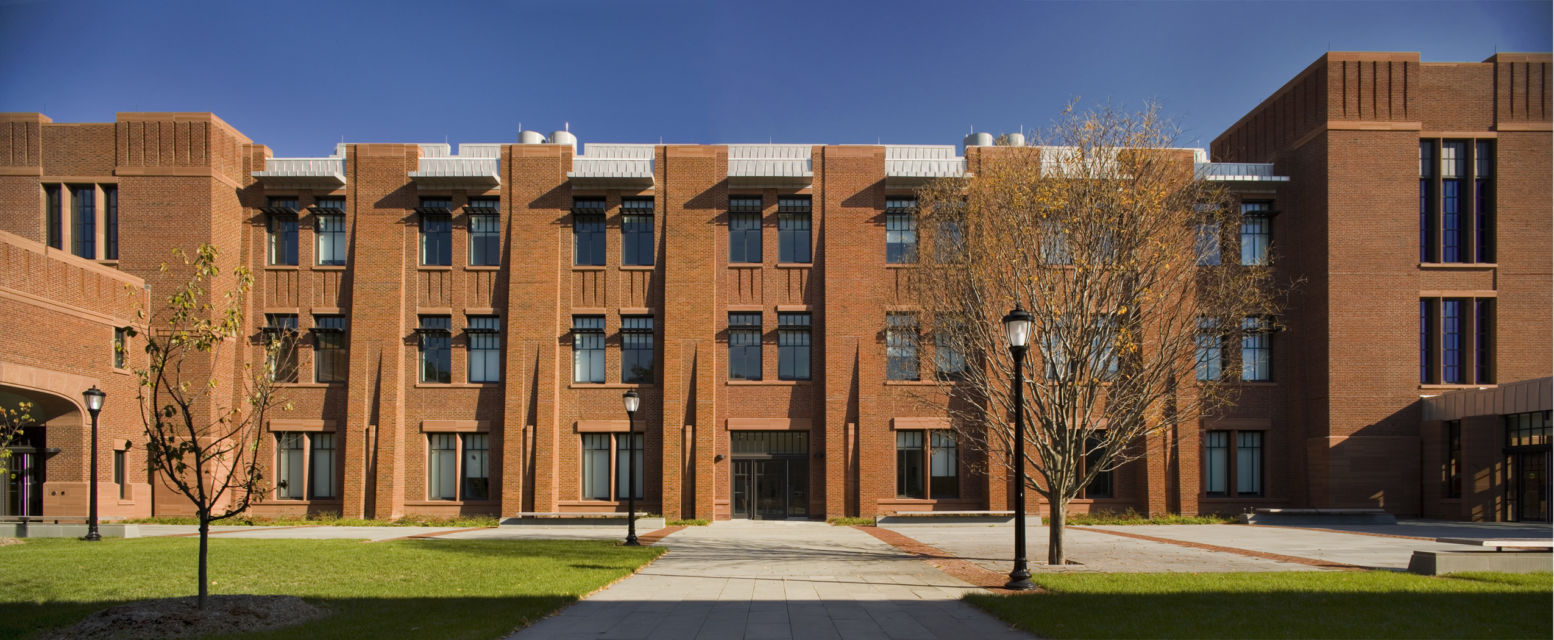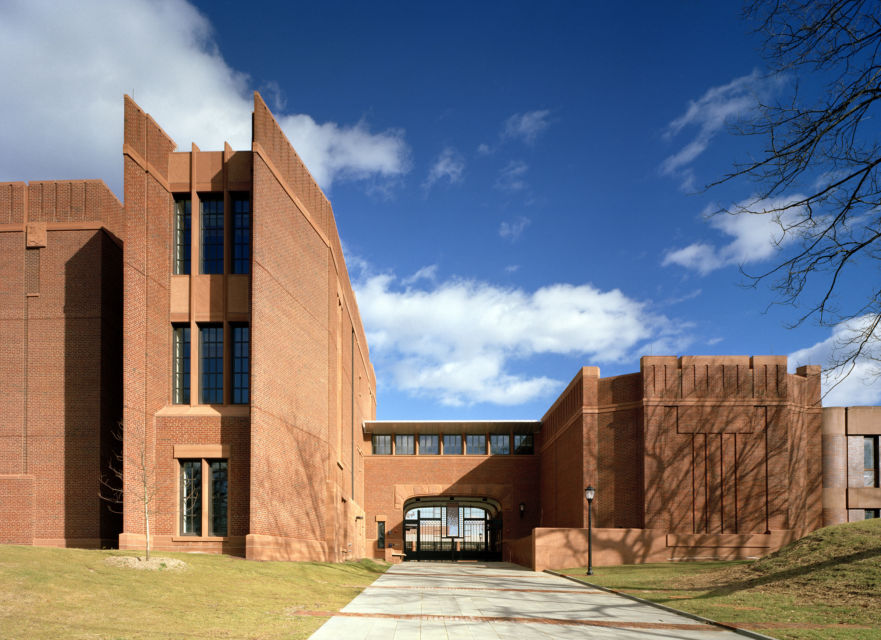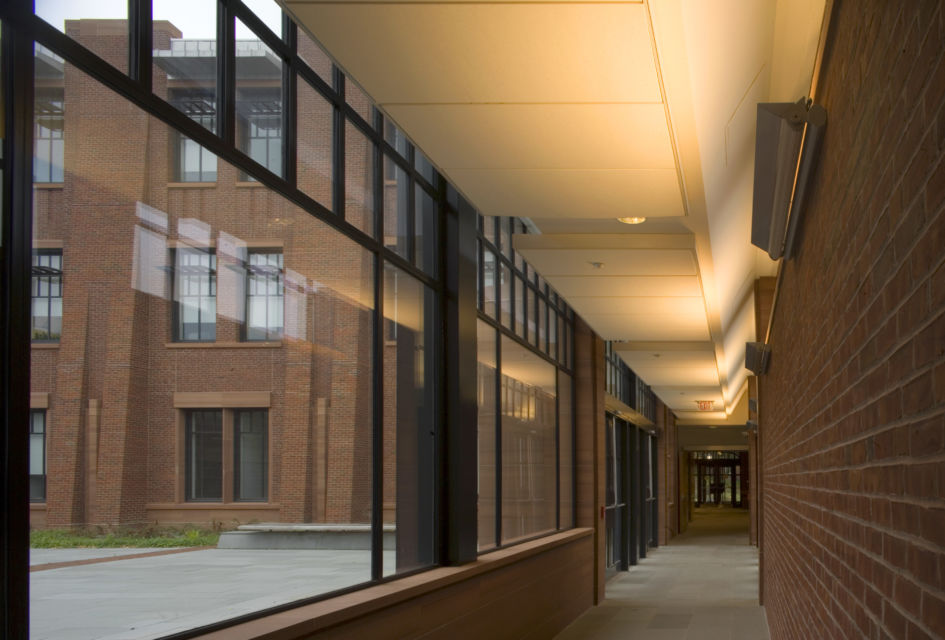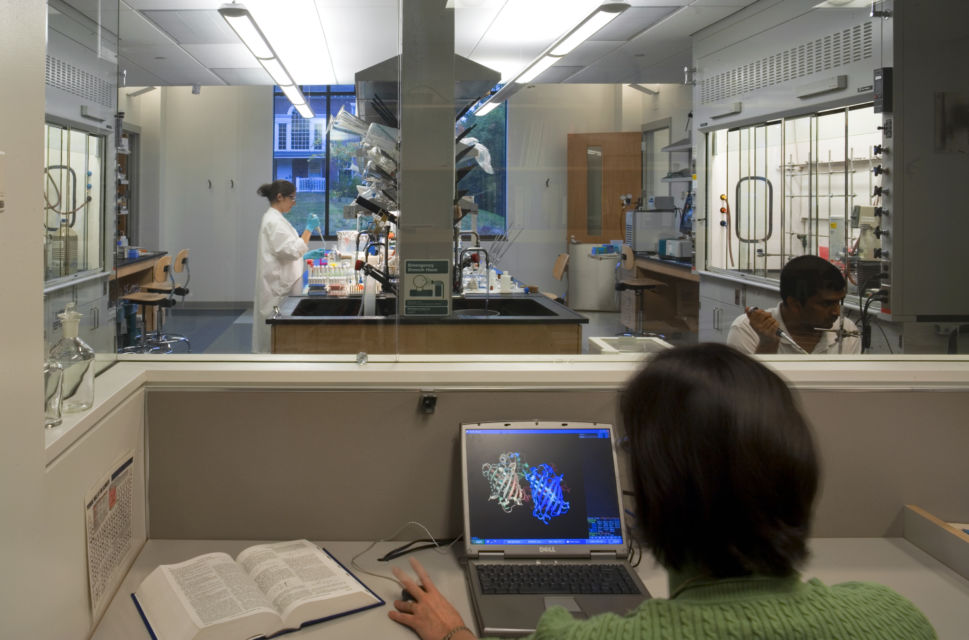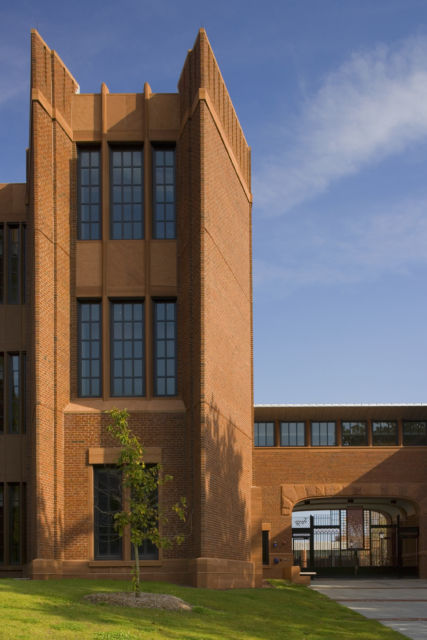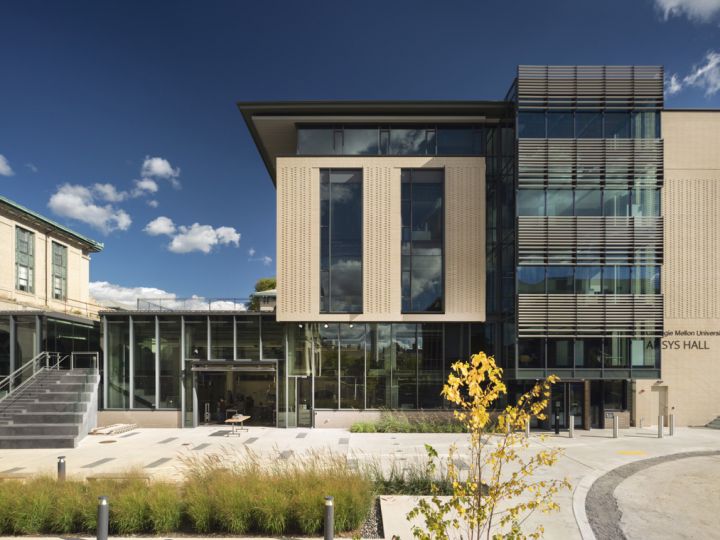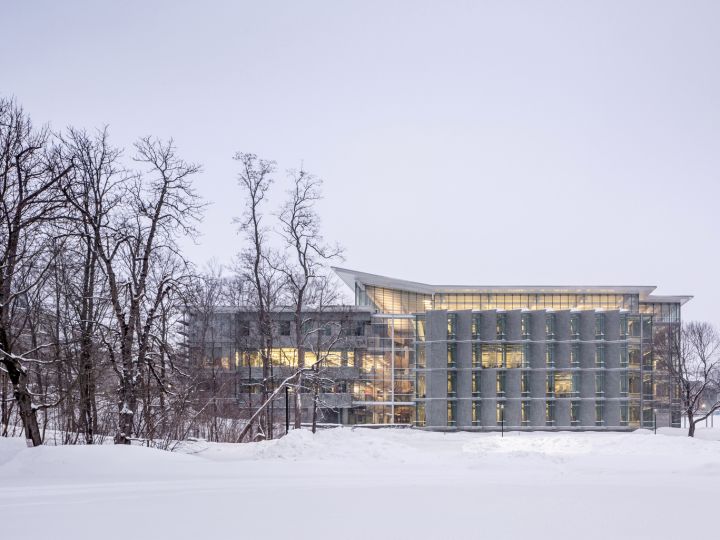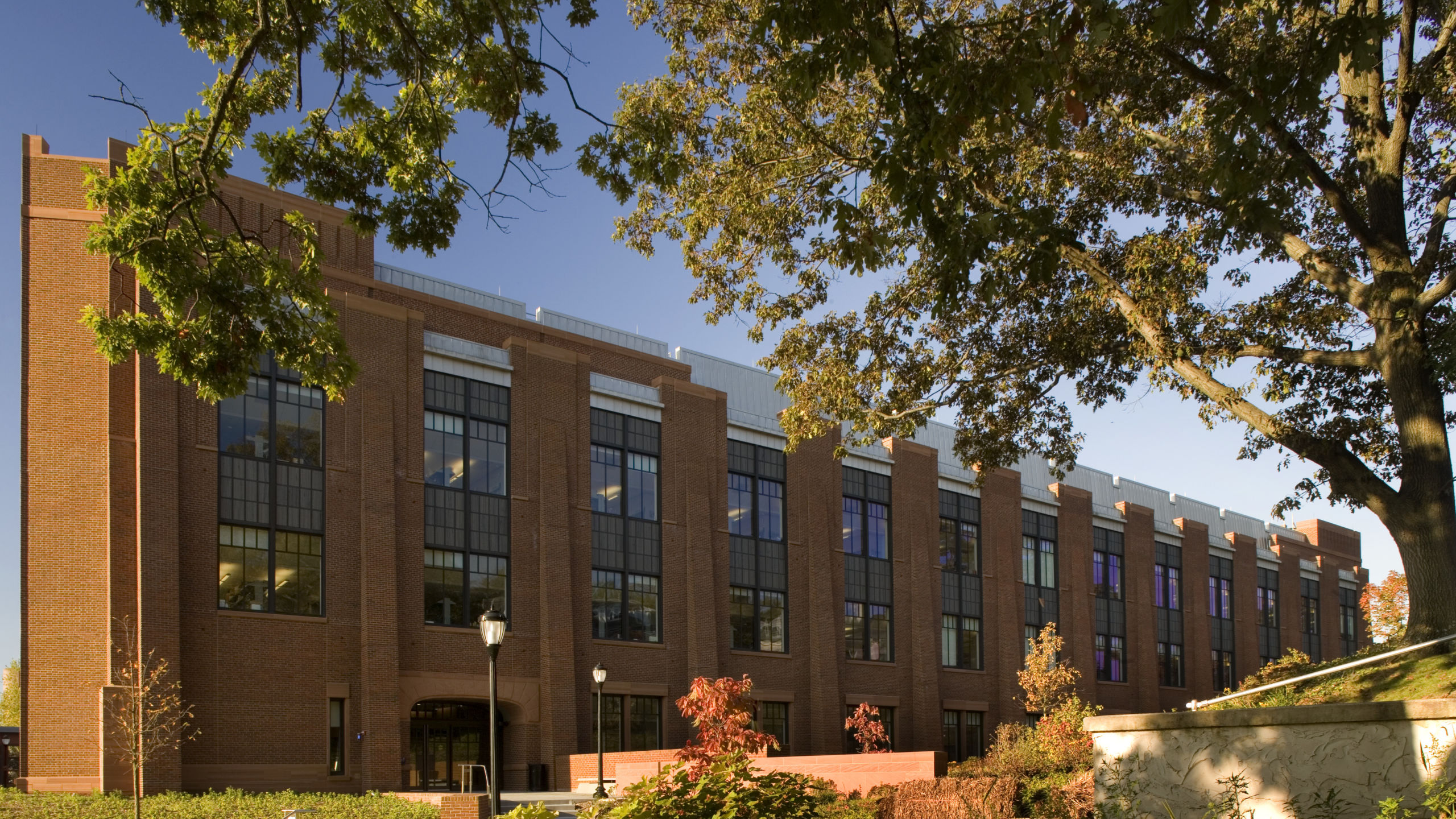
Yale University, Class of 1954 Chemistry Research Building
New Haven, Connecticut
The first LEED certified laboratory in the world, the Chemistry Research Building is a flexible and high performing environment that responds to evolving research initiatives at Yale.
"This building combines a wonderful exuberance, a seriousness, and elegance that immediately make it a contributor to the campus. The masonry detailing is extraordinary. The building applies the Gothic precedence in a new way, by taking a long building and giving it a vertical quality."
Project Information
SIZE
100,000 square feet
COMPLETED
2005
AWARDS
AIA Pennsylvania Design Award
Golden Trowel Award
Brick in Architecture Award, Bronze Award
The Chemistry Research Building houses the most hood-intensive synthetic chemistry research activities of the Yale Chemistry Department. It includes rigorously modular laboratories, support space, workstations, offices, computational labs, an instrumentation center, meeting spaces, and an NMR suite housing two 500-MHz and two 400 MHz spectrometers. While respecting and responding to the Gothic character of its immediate environment with appropriate massing and detail, the design worked with the classical qualities of brick, taking advantage of its sculptural properties and the wide range of details and possibilities available. Building elevations and materials establish the project as an integral component of Science Hill and the University while creating a fresh, honest expression of programmatic needs and contemporary construction technology.
Placement of the bar-shaped building parallel to the existing lab created an internal courtyard, used for social activities and celebrations. Enclosed passageways at the basement, first, and second floors knit the buildings together. Above-grade links were designed and furnished as informal communal spaces with strong visual connections to the common courtyard. The Chemistry Research Building’s program-driven plan maximizes research space, fume hoods, and utility capacity to support current and future research initiatives. The modular lab layout, and absence of fixed vertical elements within the lab zone, will allow Yale to continue to redefine laboratory configurations without structural impediments.
Bohlin Cywinski Jackson was the Design Architect for the Chemistry Research Building and worked with Cannon Design, the Executive Architect for the project.
